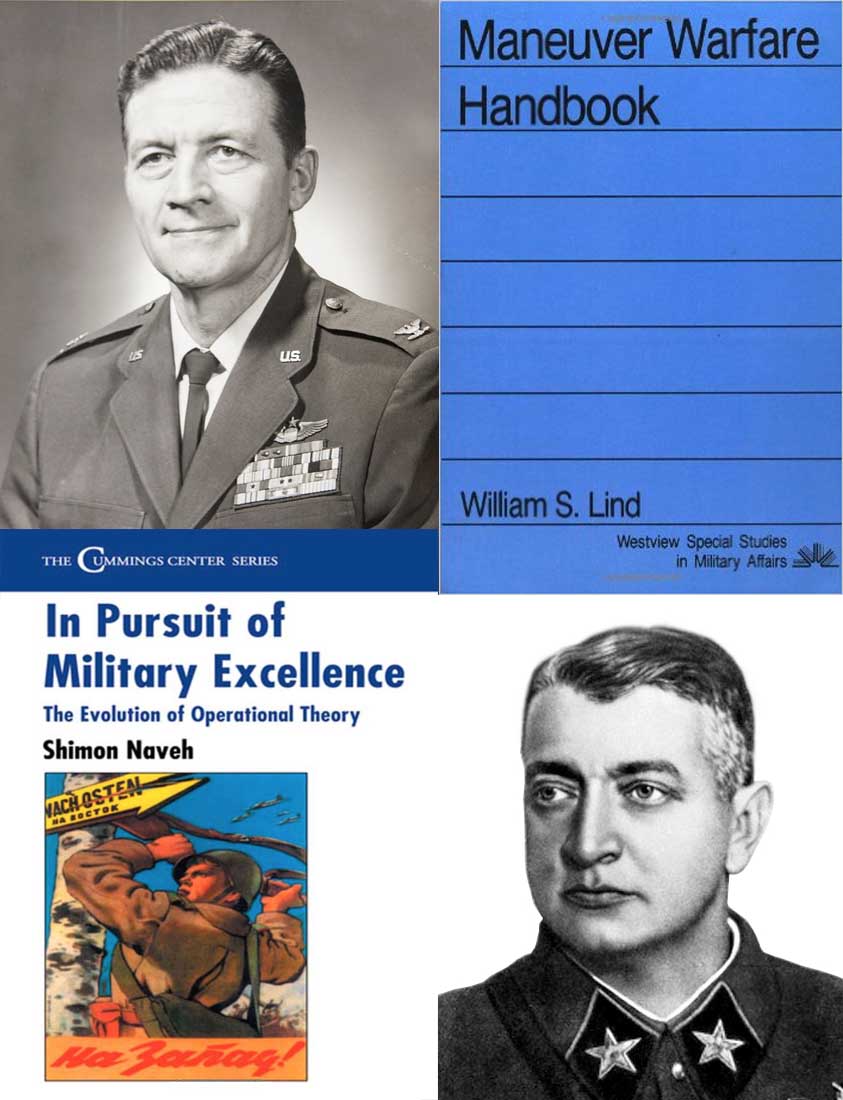Threat Analysis: ISIS Training Video
NOTE: From here forward, Special Tactics will refer to ISIS (Islamic State of Iraq and Syria) as “Daesh” (a name they hate), because we do not wish to give them credit for being a state or having any sovereignty over Iraq or Syria.
OVERVIEW: Special Tactics believes that analyzing the enemy is extremely important. While this is an older video, it still offers some valuable insights both on the threat and our failure to understand it. Special Tactics respectfully disagrees with Dr. Anthony Cordesman’s analysis of the Daesh training video in the CNN interview posted above. Here is a quote from the interview…
INTERVIEWER: Is this anything they would use in Anbar right now, anywhere on the battlefield?
CORDESMAN: Almost never. This type of hand-to-hand fighting, with automatic weapons, mortars, artillery, vehicles, almost never really occurs. Throughout this entire video, what you have is a staged set of exercises… this really isn’t a training exercise it’s a video exercise.
INTERVIEWER: It’s propaganda.
CORDESMAN: Exactly.
It is a critical mistake to underestimate the enemy. Special Tactics considers both Daesh and Al-Qaeda to be serious threats to U.S. National Security. While much of the training in the video reveals incompetence, there are disturbing signs of increasing tactical sophistication and training effectiveness. Essentially, we do not believe this is just a “video exercise.” What follows is a detailed analysis of the training in the video…
HIGH CRAWL (0:00 – 0:04): While this exercise might seem overly simple or unimportant, it is very disturbing that the enemy is learning to crawl. One of the critical allied advantages fighting terrorist opponents is that the enemy rarely crawls and foolishly exposes himself in the open. The live fire added by the instructors is also useful, helping trainees get accustomed to the noise, shockwave and fear of bullets so they do not stop crawling.
TORSO KICKS (0:04-0:10): The purpose of the drill (as with many of the drills in this video) is not to learn to take a kick to the torso. The purpose of the drill relates to the established concept of “stress inoculation,” which we use in our own training. Learning to stand your ground and get kicked in the chest helps you not flinch or cower when you get hit with the shockwave of a grenade or feel bullets cracking near your head. This is mental conditioning, toughening and brainwashing and while it may look comical, it can be effective.
COUNTER-SNIPER CASUALTY RECOVERY (0:10-0:18): This is possibly the most disturbing part of the video since it is a variation on a common casualty recovery technique practiced by western militaries. The fact that Daesh is practicing it suggests they may have learned it from U.S. trained Iraqi soldiers who defected to Daesh. This highlights one of the dangers of training foreign proxies. Also, if you observe the trainee’s technique, he stabilizes the casualty’s head to prevent C-spine injury. This suggests more experienced medical trainers are present.
MARTIAL ARTS DRILL (0:40-0:45): Contrary to the statements of Dr. Cordesman, this training can be useful. Yes, it is ‘scripted’ but that is not necessarily for the sake of the cameras but rather part of the standard formula for martial arts training. Martial arts drills or kata (Japanese term) are designed to build coordination, speed, technique and confidence. The student repeats the drill over and over until it becomes second nature. However, the main purpose of martial arts training is not necessarily to teach someone to fight hand-to-hand but rather to build aggressiveness, speed, toughness and fighting mindset.
INFANTRY-ARMOR COOPERATION AND COVER (1:04-1:06): The key takeaway from this is that the enemy is taking advantage of cover provided by the tank. Once again, this is not a given and is not necessarily common among Arab terrorists.
CONCLUSION: Special Tactics highlights this video not only because it helps us understand the enemy, but also because it shows how intelligent, strategic-level analysts can misunderstand the tactical level of war. Dr. Anthony Cordesman is one of the world’s leading experts in security and strategic studies but Special Tactics believes his tactical analysis of this training video was flawed and helps promote complacency about the seriousness of the terrorist threat. Special Tactics encourages scholars like Dr. Cordesman who work for think-tanks like Center for Strategic and International Studies (CSIS) to place a greater emphasis on the tactical level of warfare.






